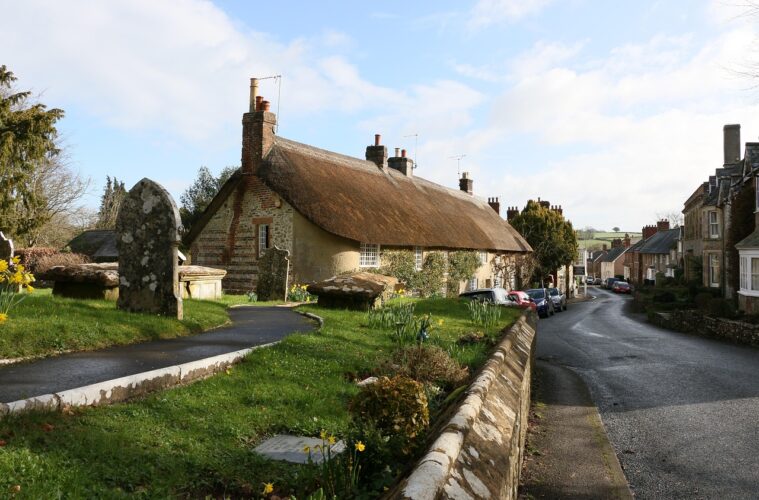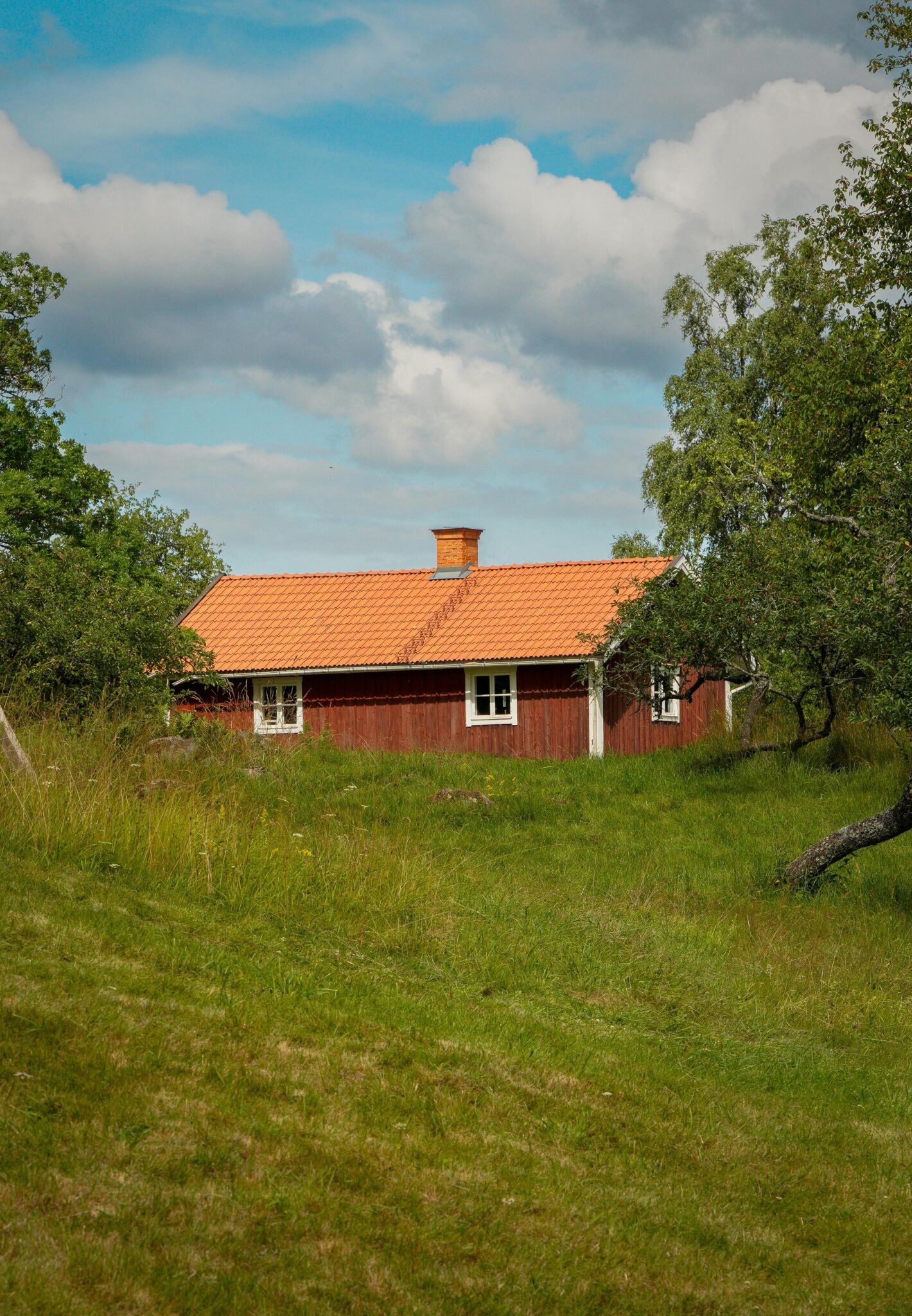Choosing the right roof type for your building is a crucial decision that can affect its aesthetic appeal, energy efficiency, and longevity. With a plethora of options available, including asphalt shingles, metal roofs, clay tiles, and many others, making an informed choice requires careful consideration. This article delves into the key factors to contemplate when selecting the ideal roof type, ensuring your investment stands the test of time. By focusing on key criteria, homeowners and builders can ensure their roofing choices align with their needs and environmental considerations.
Understanding Local Climate and Weather Conditions
Your local climate and weather patterns should be one of the primary considerations when picking a roof type. Regions with heavy snowfall may benefit from steeply pitched roofs, which prevent snow accumulation and potential collapse. Conversely, areas prone to high winds or hurricanes often require roofs that withstand severe conditions, such as roofs made from durable materials like metal or slate. Evaluating the environmental factors, including humidity, temperature extremes, and sun exposure, will help you choose materials that provide optimal protection.
Certain materials react differently under various climatic conditions. While asphalt shingles perform well under moderate weather, they may not be the best choice for areas with extreme temperatures. Metal roofs may offer superior durability in hot climates, reflecting sunlight and thereby reducing cooling costs. When assessing your options, consider consulting with local roofing experts to understand the best practices suited to your geographical region.
Evaluating Longevity and Maintenance Requirements
The longevity and maintenance needs of different roofing materials vary significantly. Asphalt shingles generally have a shorter lifespan of approximately 20 to 30 years, while metal, tile, and slate roofs can last over 50 years with proper care. Investing in a long-lasting material may save homeowners money in the long run, as they might avoid frequent repairs and replacements.
Consider the maintenance required to keep your roof in optimal condition. While wood shakes provide a beautiful natural appearance, they may need regular treatment to prevent rot and insect infestation, while a concrete roof offers low-maintenance and durable alternatives for long-term protection.
When assessing maintenance requirements, take into account factors such as the local environment and how accessible your roof is for repairs and inspections. Regular maintenance can prolong the roof’s lifespan, making it vital to choose a type that allows for easy upkeep. As you compare options, remember that ease of maintenance should factor into the cost of ownership.
Budget and Initial Installation Costs
Your budget will play a vital role in determining the roofing type you choose. While it may be tempting to opt for the cheapest options, this can often lead to higher costs due to replacements and repairs. Balancing initial installation costs with long-term value is necessary. Asphalt shingles tend to be the least expensive upfront. They may require more frequent replacement than their metal or tile counterparts, which might have higher initial costs and longer lifespans.
It’s worth considering the potential energy savings associated with different roofing types. Selecting energy-efficient materials can reduce air conditioning costs, particularly in warmer climates. Investing in more expensive and highly efficient roofs can yield savings that exceed their original cost. Explore local grants or programs that support energy savings, as they may help offset these initial costs.
Architectural Style and Aesthetic Appeal
Architectural style greatly influences aesthetic appeal, and your choice of roofing plays a central role in achieving the right balance. The architectural style of your building determines which roofing materials will complement it best. A traditional home may suit clay tiles or wood shingles, while modern designs often benefit from options like metal roofing or concrete roof solutions that balance durability with a sleek profile. Beyond aesthetics, local architectural traditions and regional preferences play an important role. Consulting with experts helps ensure your roof enhances curb appeal and supports energy efficiency, long-term performance, and property value.
Environmental Considerations and Sustainability
With growing awareness of environmental issues, many homeowners are more inclined to select roofing materials that are sustainable and eco-friendly. Materials like metal, which can be recycled, and asphalt shingles that incorporate recycled content, are gaining popularity in eco-conscious communities. It’s important to evaluate the roof’s energy efficiency, which impacts your home’s carbon footprint. Opting for materials that reflect sunlight can help reduce heat absorption and lower cooling costs.
Green roofs, which incorporate vegetation, are increasingly popular in urban areas. These roofs benefit both the environment and the homeowner by providing insulation and improving stormwater management. Choosing environmentally responsible roofing materials contributes to sustainability and can increase the appeal of your home to future buyers.
Warranty and Insurance Protection
Warranties vary considerably among different roofing materials and manufacturers. Understanding the warranty details can help protect your investment and provide peace of mind. Longer warranties typically indicate manufacturer confidence in their product’s durability. Verify what aspects the warranty covers. Some cover materials only, while others include labor and additional features.
Consider how various roof types may affect your homeowner’s insurance. Some materials may result in lower premiums due to their resistance to damage from natural disasters. Investing in such roofing types can provide immediate protection and financial savings in the form of insurance. Understanding your warranty options and how they interact with insurance considerations is vital in making an informed decision.
In the journey towards selecting the right roof for your home, understanding the broader picture helps you make an informed choice that suits your circumstances. By addressing climate suitability, longevity, budget considerations, aesthetic preferences, environmental impact, and professional advice, you can navigate the options effectively. Selecting the appropriate roof type can enhance your property’s durability and efficiency while providing peace of mind in the years to come.
Published by HOLR Magazine.



